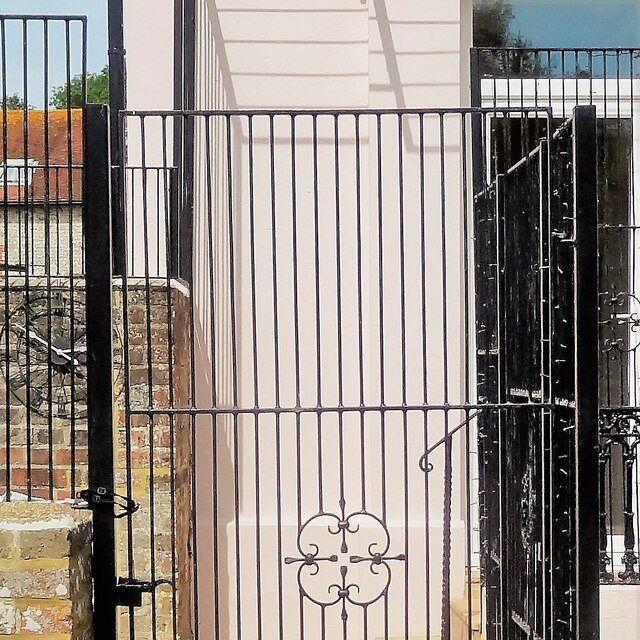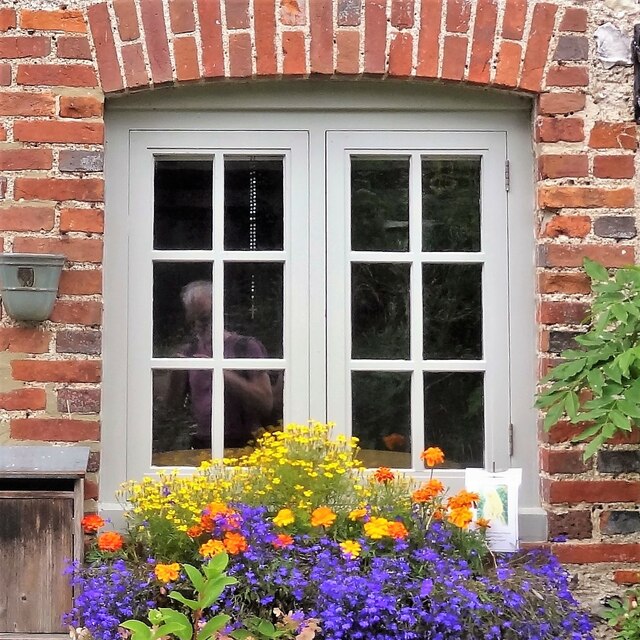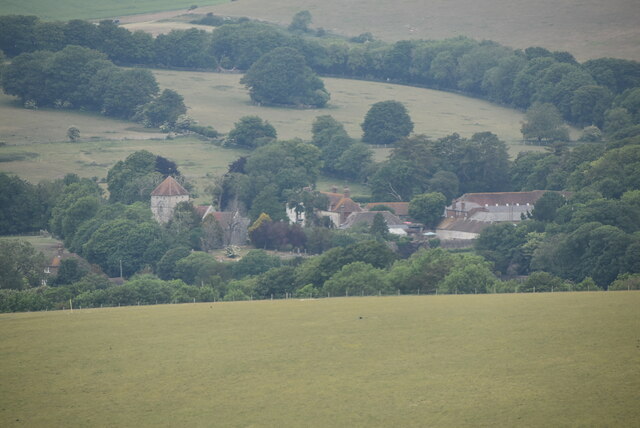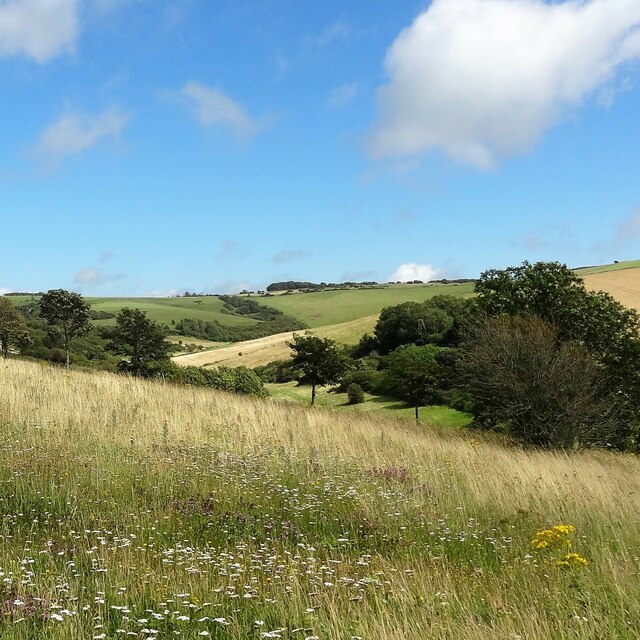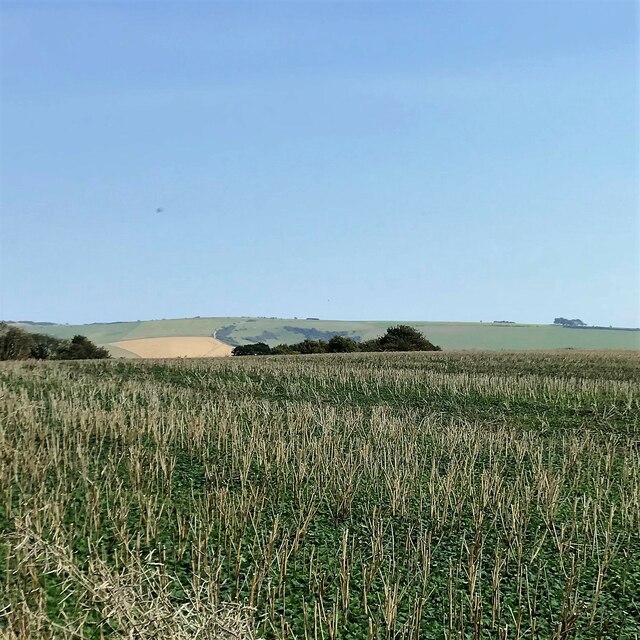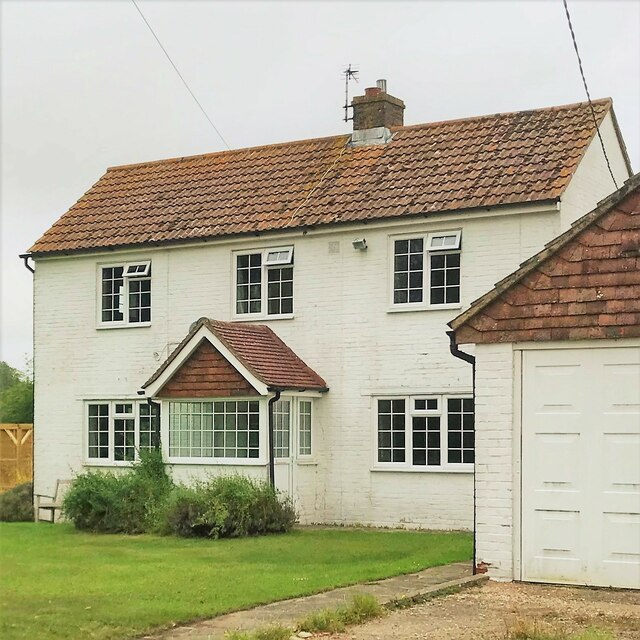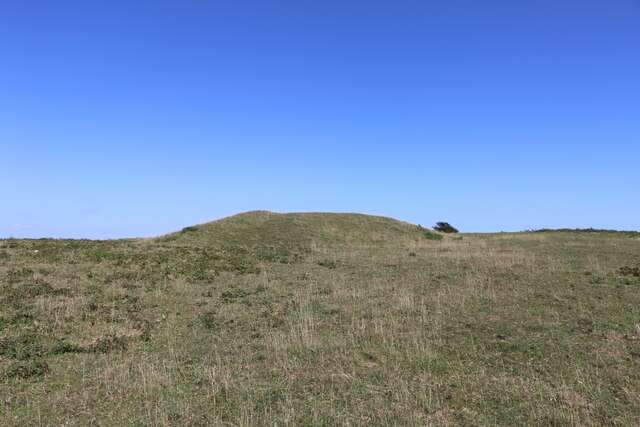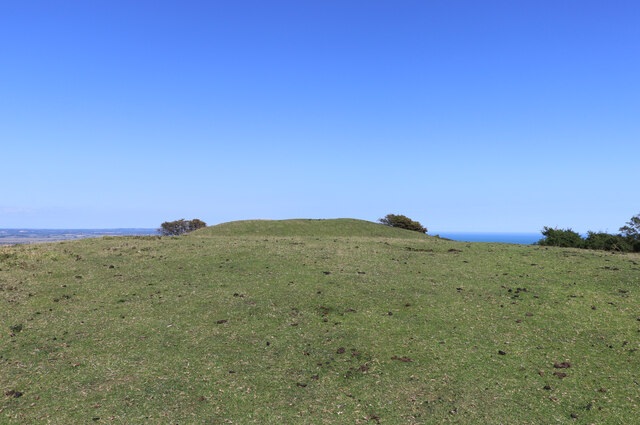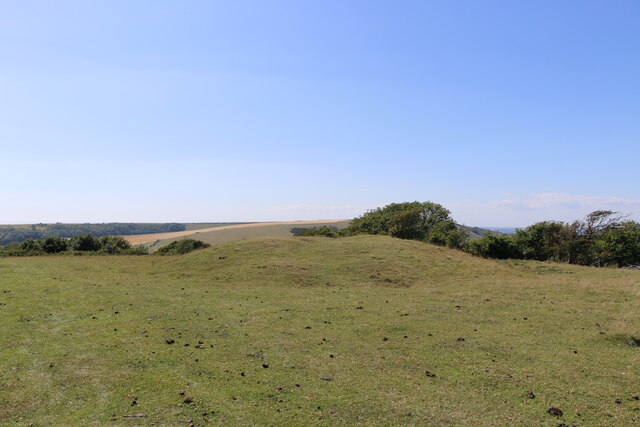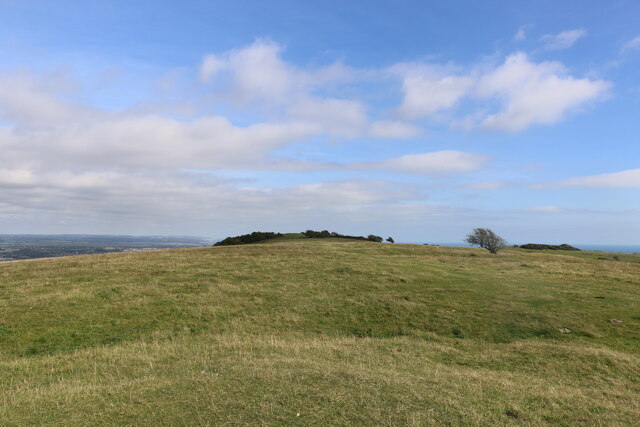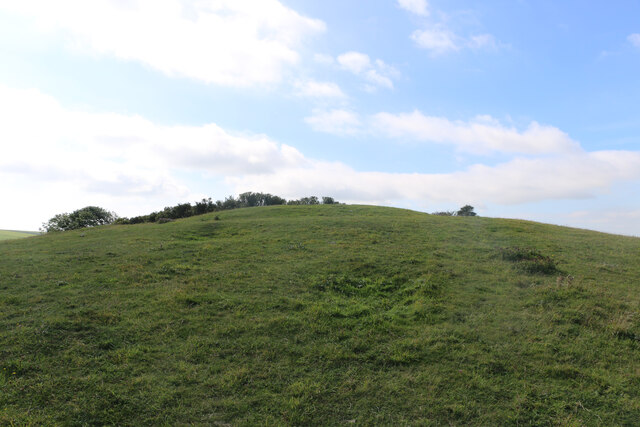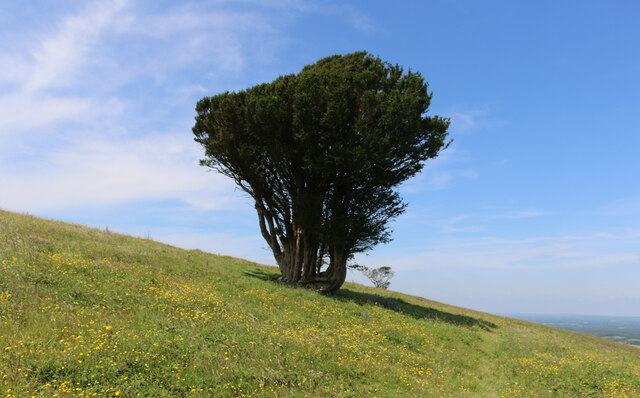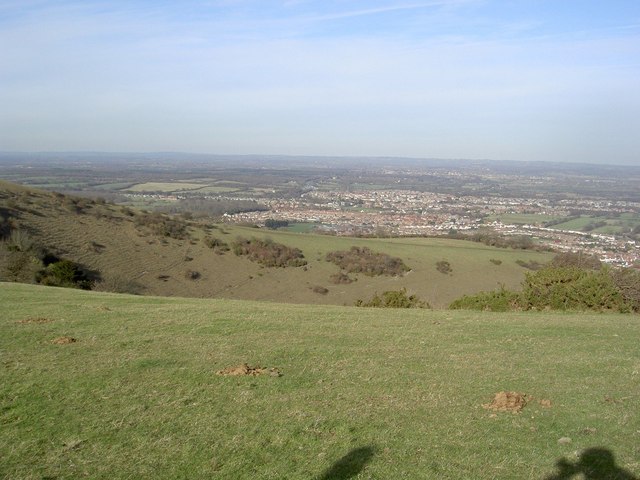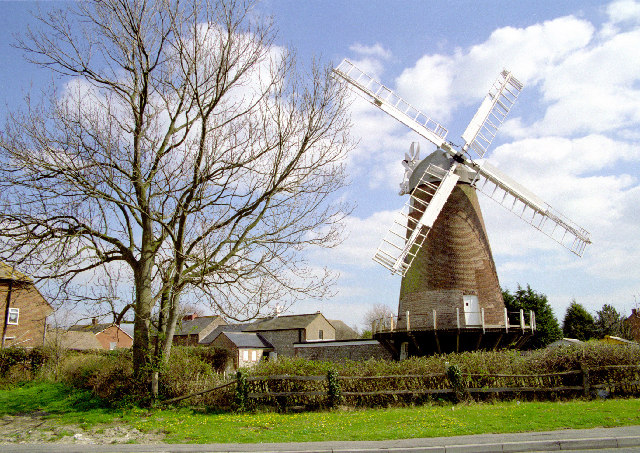Filching
Settlement in Sussex Wealden
England
Filching
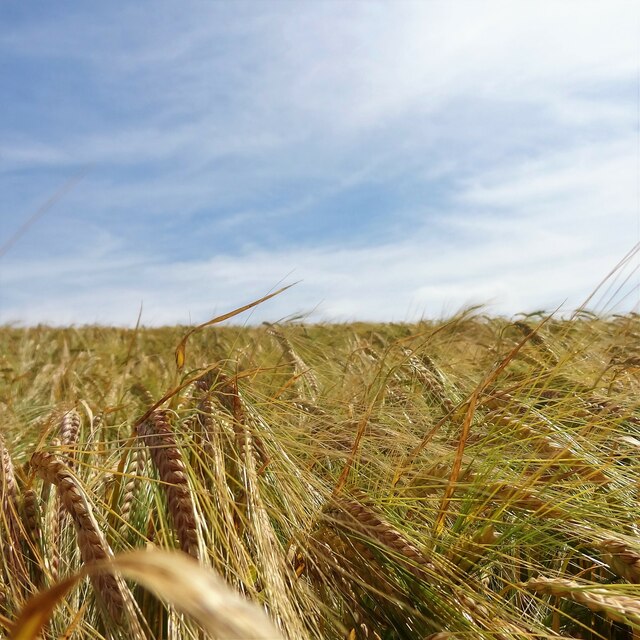
Filching is a small village located in the county of Sussex, in the southeastern part of England. It is situated approximately 7 miles northwest of the coastal town of Eastbourne and about 5 miles northeast of the larger town of Lewes. With a population of just over 100 people, Filching is a quaint and picturesque village known for its rural charm and scenic beauty.
The village is surrounded by rolling countryside and offers breathtaking views of the South Downs National Park, which lies to the north. This makes Filching an ideal location for those seeking a peaceful and idyllic setting away from the hustle and bustle of city life.
The village itself features a number of historic buildings, including a 12th-century church called St. Peter's, which is a notable architectural landmark. The church, with its distinct Norman features, adds to the village's charm and serves as a focal point for the community.
While small, Filching is well-served by amenities, including a village hall that hosts various community events and gatherings. Additionally, the nearby towns of Eastbourne and Lewes provide residents with access to a wider range of services, such as shops, schools, and healthcare facilities.
The surrounding area offers plenty of opportunities for outdoor activities, with numerous walking and cycling paths crisscrossing the picturesque countryside. The village's proximity to the South Downs also makes it a popular destination for nature lovers and hikers.
Overall, Filching is a tranquil and picturesque village, offering residents and visitors alike a peaceful retreat in the heart of the Sussex countryside.
If you have any feedback on the listing, please let us know in the comments section below.
Filching Images
Images are sourced within 2km of 50.805347/0.22521637 or Grid Reference TQ5603. Thanks to Geograph Open Source API. All images are credited.
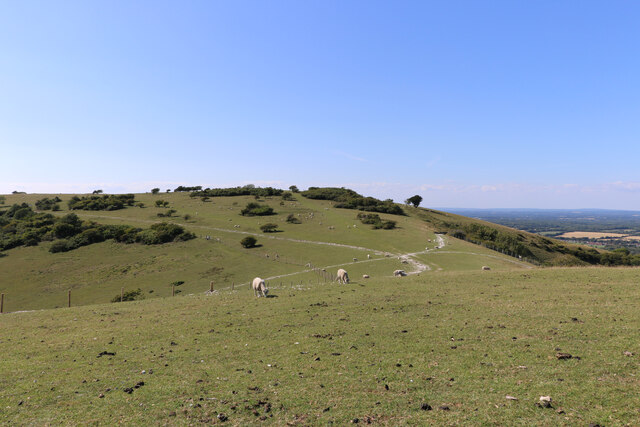
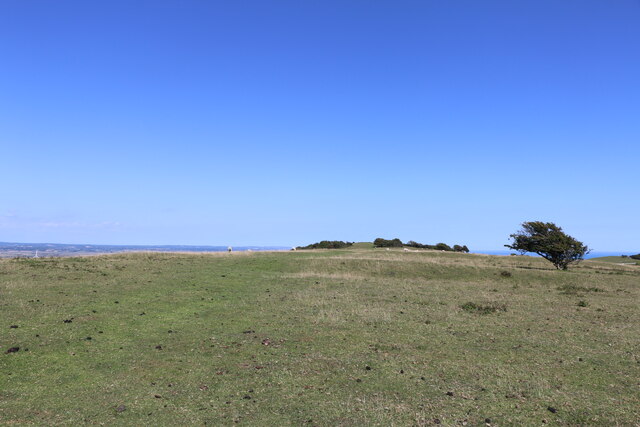
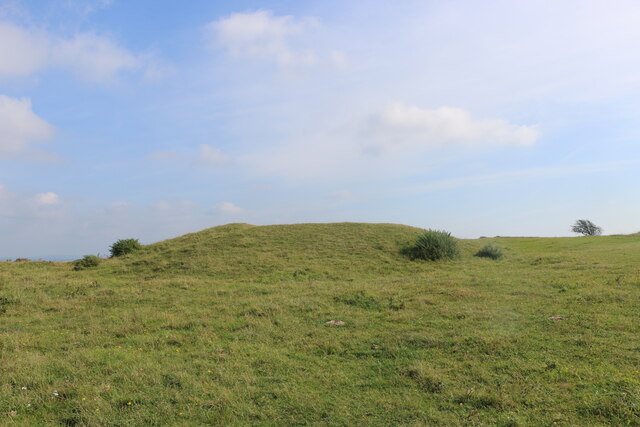
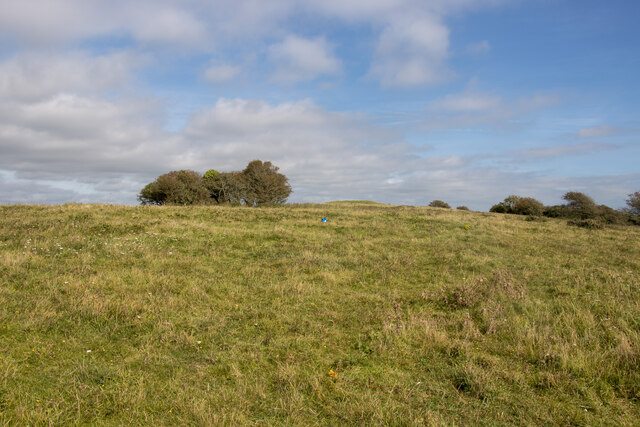
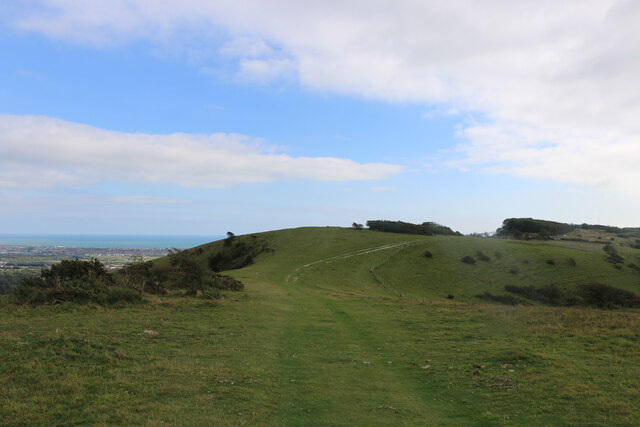
Filching is located at Grid Ref: TQ5603 (Lat: 50.805347, Lng: 0.22521637)
Administrative County: East Sussex
District: Wealden
Police Authority: Sussex
What 3 Words
///attend.ruby.just. Near Friston, East Sussex
Nearby Locations
Related Wikis
Folkington Reservoir
Folkington Reservoir is a 5.8-hectare (14-acre) biological Site of Special Scientific Interest south-west of Polegate in East Sussex.The banks of the reservoir...
Combe Hill, East Sussex
Combe Hill is a causewayed enclosure, near Eastbourne in East Sussex, on the northern edge of the South Downs. It consists of an inner circuit of ditches...
Willingdon Down
Willingdon Down is a 67.5-hectare (167-acre) biological Site of Special Scientific Interest west of Willingdon, a suburb of Eastbourne in East Sussex....
Folkington Manor
Folkington Manor (pronounced Fo'ington) is a grade II* listed country house situated in the village of Folkington two miles (3.2 km) west of Polegate,...
Church of St Peter ad Vincula, Folkington
The Church of St Peter ad Vincula, Folkington, East Sussex is a parish church dating from the 13th century. Built of flint and rubble, it is a Grade I...
Willingdon Community School
Willingdon Community School is an 11–16 coeducational secondary school located in the Lower Willingdon area of Eastbourne in the English county of East...
Ovenden's Mill, Polegate
Ovenden's Mill or Mockett's Mill is a grade II* listed tower mill at Polegate, East Sussex, England which has been restored but is now in a poor state...
More Radio Eastbourne
More Radio Eastbourne, formerly Sovereign FM, is an Independent Local Radio station serving Eastbourne, Hailsham, Polegate and surrounding areas. It is...
Nearby Amenities
Located within 500m of 50.805347,0.22521637Have you been to Filching?
Leave your review of Filching below (or comments, questions and feedback).
